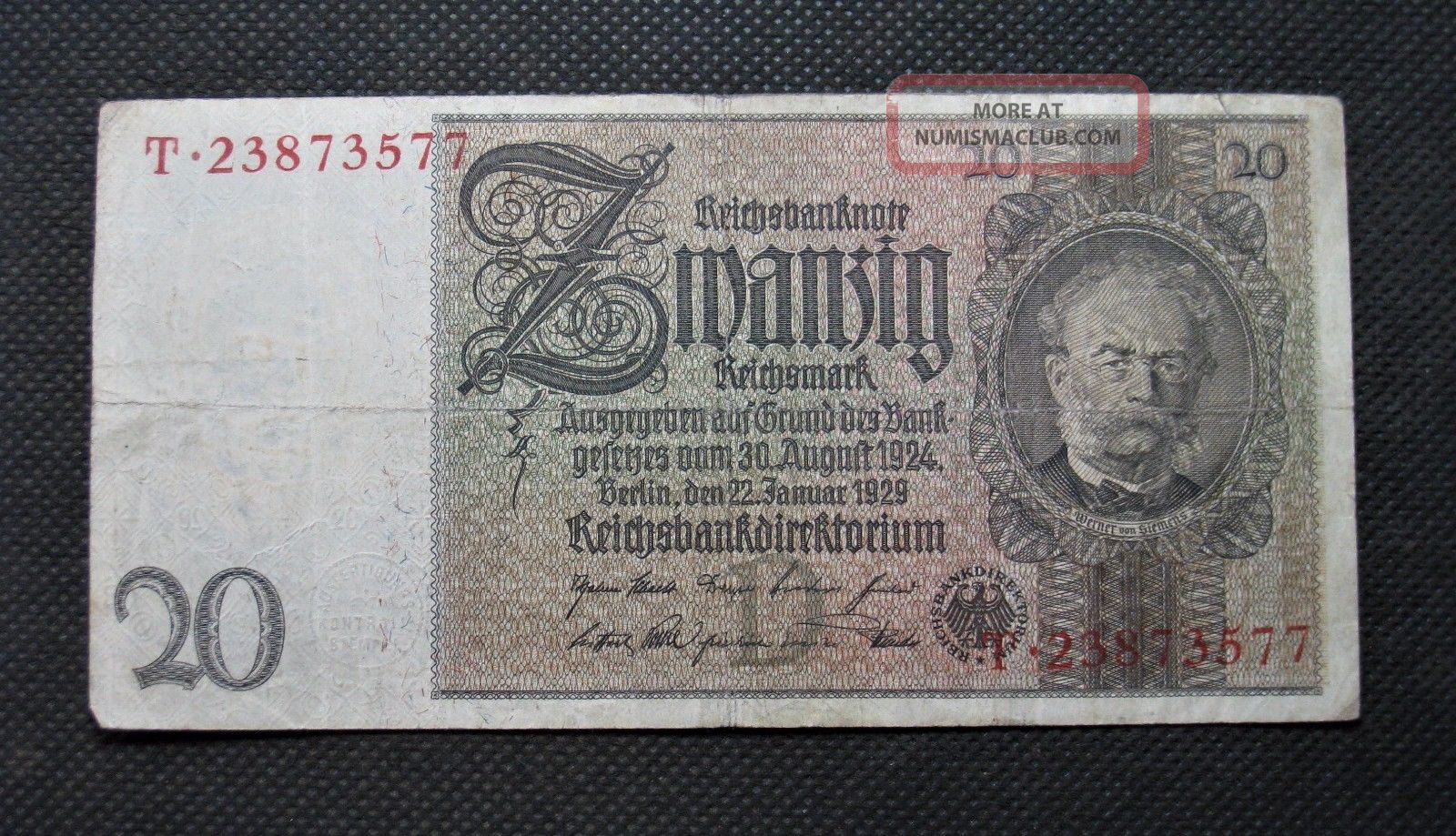

The Bank of France is not without options here they can just sell their bonds for cash, and then use the cash to buy gold bullion on the open market (from miners for example, or anyone wishing to sell gold bullion), thus accomplishing the same thing as if they had acquired gold bullion directly from the Reichsbank. The Reichsbank could, conceivably, refuse to do so, arguing (plausibly) that it would be overly disruptive given the very large size of the order, or perhaps demand that it be spread out over some time period. However, let’s say that, one way or another, the commercial bank does ask for its base money (bank deposits) at the Reichsbank to be redeemed in gold. The commercial bank could default, in essence saying that it would not pay back its deposit in the form of base money. But, let’s say that the Bank of France sold the German government bonds for cash (actually a bank deposit at a commercial bank, which is a form of debt liability of the commercial bank), and then asked the commercial bank to redeem that for gold. dollar assets I think) to be redeemed in gold bullion at the Reichsbank? Actually, a government bond is not redeemable for gold under a gold standard system only the liabilities of the currency manager (Reichsbank), which are basically banknotes and domestic commercial bank deposits at the Reichsbank, or base money. What if, for example, the Bank of France asked for its mark-denominated assets (if indeed it had any most foreign holdings were British pound and U.S. This reduction in supply, in the context of maintaining a gold parity value, doesn’t really have many broader effects, although short-term interest rates can be affected for a short while. So, it was a reduction in supply in reaction to a reduction in demand, and there certainly were a lot of reasons that people would perhaps not really want to hold marks. I would not consider this reduction in base money supply “contractionary” unless the value of the mark rose but there was hardly any reason for that, and the mark was actually stable in value. Germany had a major sovereign default in 1932 I think Austria was in 1931. There was a lot going on around that time, including some bankruptcies of big banks and also major sovereign defaults. The source of our data is the Federal Reserve Banking and Monetary Statistics, 1914-1941.īase money makes a big contraction beginning in 1931. November 18, 2012: The Federal Reserve in the 1920s November 25, 2012: The Federal Reserve in the 1920s 2: Interest Rates July 18, 2014: Foreign Exchange Rates 1913-1941 #8: A Brief Summaryĭecember 23, 2012: The Federal Reserve in the 1920s 4: The Historical Recordĭecember 16, 2012: The Federal Reserve in the 1920s 3: Balance Sheet and Base Money January 19, 2014: The Federal Reserve in the 1930s January 26, 2014: The Federal Reserve in the 1930s #2: Interest Rates This continues our look at some major central banks during the 1914-1941 period. gold throughout the interwar period, but that was achieved with heavy capital controls especially after 1931 I think.

Members from this site want to exchange it: dragan, armandos, vasyli, zoelles, oldandhardy, 123stamp, AlexisH, jonathan45, fidji, Smetsys, rmuniak, BramVB, erniemix, gmbillman76, Arnhemcoin, robertmx, Avraham Cohen, Bistricanec, batirrol78, gyoschak, numis27, mifrjoar, TheArtOfCoins, vinothreddy, Crapgamer, hilsjo1, squash70, Ramsprohnle, Sudiptasingharoy, despot76, leprédateur, kafkaf, German_empire5_mark_fan, JoachimSdl, Alessandro_R., BMPJ, XmanABQ, Ivan Artamonov, Warfvinge, indianacoinman, drdrew, fvaken, daschwin92, amss, kerleguern, tony164, Grippe-sou, viorel.Here’s something you don’t see everyday: a look at Germany’s Reichsbank during the 1920s and 1930s. Since some users own several versions, the sum may be greater than 100%. Numista does not buy or sell coins or banknotes.įrequencies show the percentage of Numista users who own each year or variety among all the users who own this banknote. They serve as an indication only they are not intended to be relied upon for buying, selling or exchanging. They are based on evaluations by Numista users and sales realized on Internet platforms. Values in the table above are expressed in UAH. Please sign in or create an account to manage your collection. Two different Notes of P# 83e (see pic.): © ǝRBe Reverseĭenomination bordered by prompt and intaglio design

The Reichsbank main cash office in Berlin pays the seller one hundred thousand marks against this banknote Berlin, FebruReichsbank directorate.


 0 kommentar(er)
0 kommentar(er)
